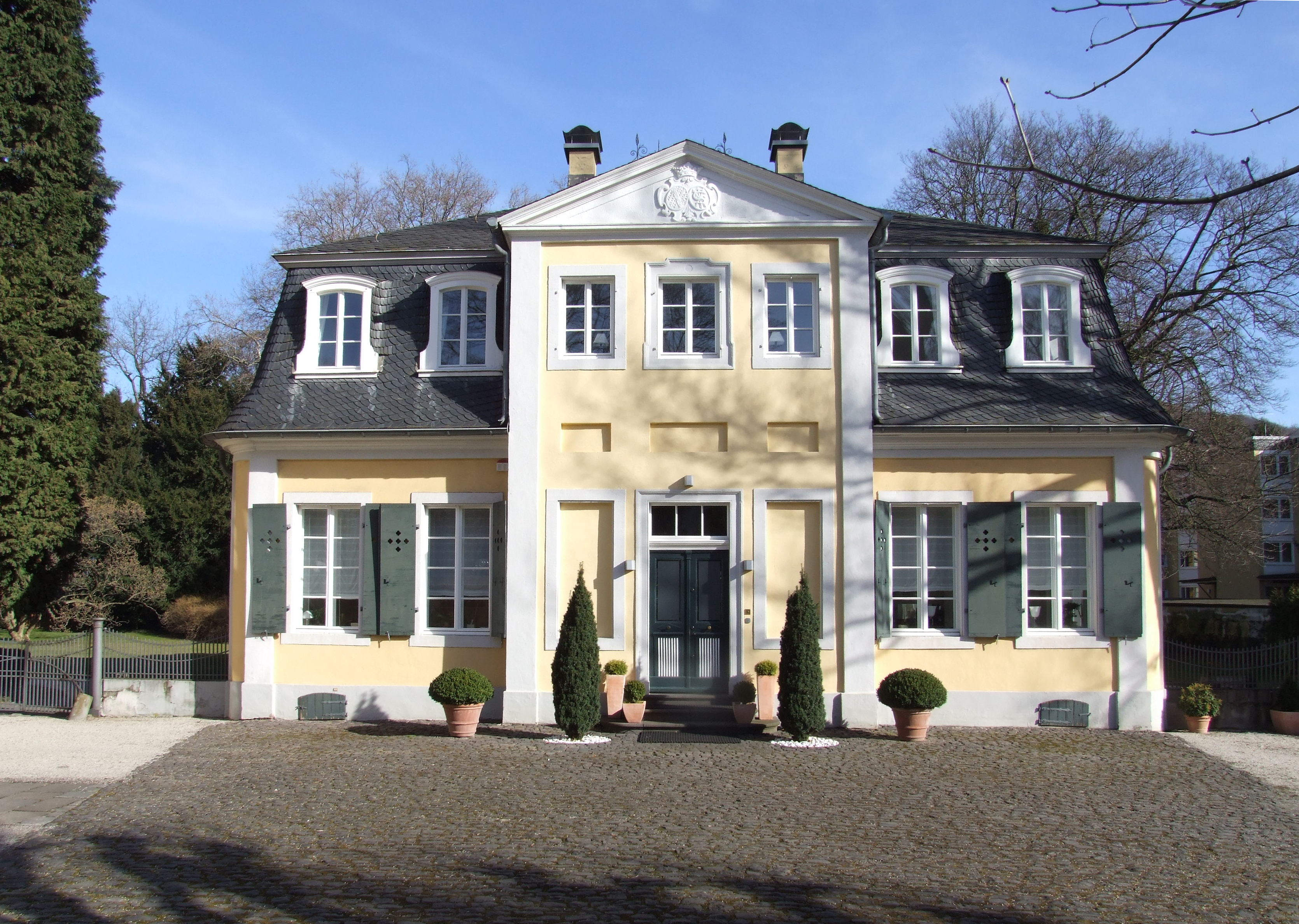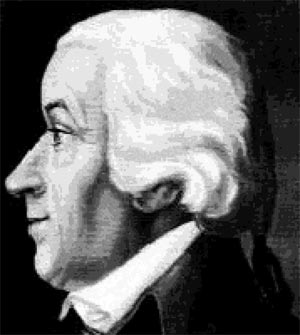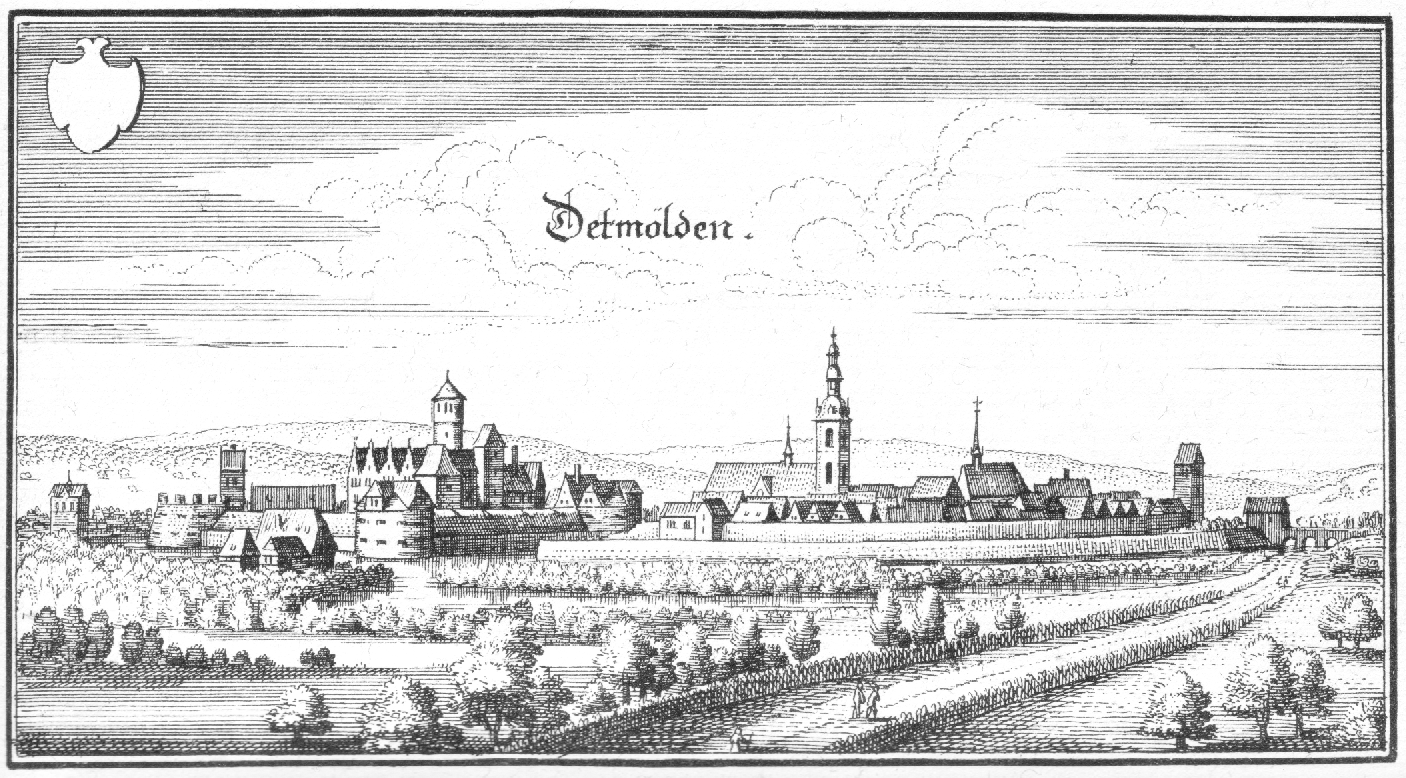|
Ernest II, Count Of Lippe-Biesterfeld
Ernst, Count of Lippe-Biesterfeld (''Ernst Kasimir Friedrich Karl Eberhard''; 9 June 1842 – 26 September 1904) was the head of the Lippe-Biesterfeld line of the House of Lippe. From 1897 until his death he was the regent of the Principality of Lippe. Early life and dispute He was born in Oberkassel the third child of Julius, Count of Lippe-Biesterfeld (1812–1884) and Countess Adelheid of Castell-Castell (1818–1900). On 17 May 1884 Count Ernst succeeded his father as the head of Lippe-Biesterfeld line of the House of Lippe. After the reigning Princes of Lippe, Biesterfeld was the most senior line of the princely house followed by the Counts of Lippe-Weissenfeld and the Princes of Schaumburg-Lippe. On 20 March 1895 the reigning prince of Lippe, Prince Woldemar died childless. His heir was his brother Alexander who was incapable of ruling on account of a mental illness so a regency had to be established. A decree had been issued in 1890 by the late Prince Woldemar and ... [...More Info...] [...Related Items...] OR: [Wikipedia] [Google] [Baidu] |
Prince Adolf Of Schaumburg-Lippe
Prince Adolf of Schaumburg-Lippe (german: Adolf Wilhelm Viktor; 20 July 1859 – 9 July 1916) was a German prince of the House of Schaumburg-Lippe and a Prussian General of the Cavalry. He was regent of the Principality of Lippe from 1895 to 1897 due to the incapacity of his distant relative Alexander, Prince of Lippe. Early life Prince Adolf was born on 20 July 1859 at Bückeburg Palace (german: Schloss Bückeburg) in Bückeburg, the capital of the small Principality of Schaumburg-Lippe in central Germany, during the reign of his paternal grandfather, George William, Prince of Schaumburg-Lippe. He was the seventh child and fourth son of Adolf, Hereditary Prince of Schaumburg-Lippe (1817–1893) and Princess Hermine of Waldeck and Pyrmont (1827–1910), a daughter of George II, Prince of Waldeck and Pyrmont. On 21 November 1860, Adolf's father succeeded as Prince of Schaumburg-Lippe following the death of his own father, Prince George William. Prince Adolf was brought up ... [...More Info...] [...Related Items...] OR: [Wikipedia] [Google] [Baidu] |
William II, German Emperor
Wilhelm II (Friedrich Wilhelm Viktor Albert; 27 January 18594 June 1941) was the last German Emperor (german: Kaiser) and King of Prussia, reigning from 15 June 1888 until his abdication on 9 November 1918. Despite strengthening the German Empire's position as a great power by building a powerful navy, his tactless public statements and erratic foreign policy greatly antagonized the international community and are considered by many to be one of the underlying causes of World War I. When the German war effort collapsed after a series of crushing defeats on the Western Front in 1918, he was forced to abdicate, thereby marking the end of the German Empire and the House of Hohenzollern's 300-year reign in Prussia and 500-year reign in Brandenburg. Wilhelm II was the son of Prince Frederick William of Prussia and Victoria, German Empress Consort. His father was the son of Wilhelm I, German Emperor, and his mother was the eldest daughter of Queen Victoria of the United Kingdom an ... [...More Info...] [...Related Items...] OR: [Wikipedia] [Google] [Baidu] |
Prince Bernhard Of Lippe-Biesterfeld
, house = Lippe , father = Prince Bernhard of Lippe , mother = Armgard von Cramm , birth_date = , birth_name = Count Bernhard of Biesterfeld , birth_place = Jena, Saxe-Weimar-Eisenach, Germany , death_date = , death_place = University Medical Center Utrecht, Utrecht, Netherlands , burial_date = 11 December 2004 , burial_place = Nieuwe Kerk, Delft, Netherlands , occupation = Military officer, aviator, conservationist, nonprofit director , signature = Bernhard of Lippe-Biesterfeld Signature.jpg , religion = Prince Bernhard of Lippe-Biesterfeld (later Prince Bernhard of the Netherlands; 29 June 1911 – 1 December 2004) was a German nobleman who was Prince consort of the Netherlands from 6 September 1948 to 30 April 1980 as the husband of Queen Juliana. They were the parents of four children, including Beatrix, who was Queen of the Netherlands from 1980 to 2013. Bernhard belonged to the princely House of Lippe and was a n ... [...More Info...] [...Related Items...] OR: [Wikipedia] [Google] [Baidu] |
Otto Von Habsburg
Otto von Habsburg (german: Franz Joseph Otto Robert Maria Anton Karl Max Heinrich Sixtus Xaver Felix Renatus Ludwig Gaetan Pius Ignatius, hu, Ferenc József Ottó Róbert Mária Antal Károly Max Heinrich Sixtus Xaver Felix Renatus Lajos Gaetan Pius Ignác; 20 November 1912 4 July 2011), was the last crown prince of Austria-Hungary from 1916 until the dissolution of the empire in November 1918. In 1922, he became the pretender to the former thrones, head of the House of Habsburg-Lorraine, and sovereign of the Order of the Golden Fleece upon the death of his father. He resigned as Sovereign of the Golden Fleece in 2000 and as head of the Imperial House in 2007. The eldest son of Charles I and IV, the last emperor of Austria and king of Hungary, and his wife, Zita of Bourbon-Parma, Otto was born as ''Franz Joseph Otto Robert Maria Anton Karl Max Heinrich Sixtus Xaver Felix Renatus Ludwig Gaetan Pius Ignatius von Habsburg'', third in line to the thrones, as Archduke Otto of Austria ... [...More Info...] [...Related Items...] OR: [Wikipedia] [Google] [Baidu] |
Princess Regina Of Saxe-Meiningen
Regina von Habsburg (née Princess Regina Helene Elisabeth Margarete of Saxe-Meiningen; 6 January 1925 – 3 February 2010), also known by the traditional royal title of Archduchess Regina of Austria, was a German-born Austrian social worker. She was a member of the House of Wettin by birth and married to Otto von Habsburg, the last heir of the Austro-Hungarian Empire.Enache, Nicolas. ''La Descendance de Marie-Therese de Habsburg''. ICC, Paris, 1996. pp. 43, 49, 173, 373. French. Early years Regina was born in Würzburg. She was the youngest of four children born to Prince Georg of Saxe-Meiningen and Countess Klara Marie von Korff genannt Schmising-Kerssenbrock (1895-1992). A sister, Marie Elisabeth, died an infant in 1923. The elder brother, Anton Ulrich, was killed in action during the Second World War, while the younger, Friedrich Alfred, became a Carthusian monk. Although the Saxe-Meiningen dynasty was Protestant, Regina was raised in the Roman Catholic faith of her moth ... [...More Info...] [...Related Items...] OR: [Wikipedia] [Google] [Baidu] |
Prince Frederick Johann Of Saxe-Meiningen
Prince Friedrich of Saxe-Meiningen, Duke of Saxony (Full given names: ''Friedrich Johann Bernhard Hermann Heinrich Moritz''; 12 October 1861 – 23 August 1914) was a German soldier and member of the Ducal House of Saxe-Meiningen. Birth and university Prince Friedrich was born in Meiningen the second son of Georg II, Duke of Saxe-Meiningen and his second wife Princess Feodora of Hohenlohe-Langenburg, a descendant of Diego Velázquez. Prince Friedrich attended the University of Bonn where unusually for a royal prince he refused to accept an adjutant or maintain a horse and carriage. At university due to his royal status he was a member of the exclusive "Borussia" student dueling corps. Although the future William II, German Emperor was a prominent member, Prince Friedrich was not active in the group, rarely attending meetings, instead preferring to shun social life in favour of concentrating on his studies. He narrowly escaped serious injury at Bonn when a retort blew up near ... [...More Info...] [...Related Items...] OR: [Wikipedia] [Google] [Baidu] |
Almanach De Gotha
The ''Almanach de Gotha'' (german: Gothaischer Hofkalender) is a directory of Europe's royalty and higher nobility, also including the major governmental, military and diplomatic corps, as well as statistical data by country. First published in 1763 by C.W. Ettinger in Gotha in Thuringia, Germany at the ducal court of Frederick III, Duke of Saxe-Gotha-Altenburg, it came to be regarded as an authority in the classification of monarchies and their courts, reigning and former dynasties, princely and ducal families, and the genealogical, biographical and titulary details of Europe's highest level of aristocracy. It was published from 1785 annually by Justus Perthes Publishing House in Gotha, until 1944. The Soviets destroyed the ''Almanach de Gotha's'' archives in 1945. In 1992, the family of Justus Perthes re-established its right to use the name ''Almanach de Gotha''. In 1998, a London-based publisher, John Kennedy, acquired the rights for use of the title of ''Almanach de Goth ... [...More Info...] [...Related Items...] OR: [Wikipedia] [Google] [Baidu] |
Justus Perthes
Johann Georg Justus Perthes (11 September 1749, Rudolstadt, Schwarzburg-Rudolstadt – 2 May 1816, Gotha, Saxe-Gotha-Altenburg) was a German publisher and founder of the publishing house that bears his name. Life He was born in the Thuringian town of Rudolstadt, the son of a Schwarzburg court physician. From 1778 he worked as a bookseller in nearby Gotha, where he founded the cartographic publishing firm ''Justus Perthes Geographische Anstalt Gotha'' in 1785. In this, he was joined in 1814 by his son Wilhelm Perthes (1793–1853), who had been in the publishing house of Justus's nephew Friedrich Christoph Perthes at Hamburg. On Justus' death in Gotha, Wilhelm took over the firm and laid the foundation of the geographical branch of the business for which it is chiefly famous, by the first publishing of the '' Hand-Atlas'' from 1817–1823 after Adolf Stieler (1775–1836). Wilhelm Perthes engaged the collaboration of the most eminent German geographers of the time, in ... [...More Info...] [...Related Items...] OR: [Wikipedia] [Google] [Baidu] |
Detmold
Detmold () is a city in North Rhine-Westphalia, Germany, with a population of . It was the capital of the small Principality of Lippe from 1468 until 1918 and then of the Free State of Lippe until 1947. Today it is the administrative center of the district of Lippe and of the Regierungsbezirk Detmold. The Church of Lippe has its central administration located in Detmold. The Reformed Redeemer Church is the preaching venue of the state superintendent of the Lippe church. History Iron Age About to the southwest of Detmold is the hill with a prehistoric circular rampart and the Hermann monument (german: Hermannsdenkmal). The monument commemorates the so-called Battle of the Teutoburg Forest, a battle in 9 AD which may or may not have been fought close to the present location of Detmold. In this encounter, Germanic tribes led by Hermann ( la, Arminius) defeated Roman legions under the command of Publius Quinctilius Varus. Middle Ages Detmold was first mentioned as ''Theotma ... [...More Info...] [...Related Items...] OR: [Wikipedia] [Google] [Baidu] |
Albert Of Saxony
en, Frederick Augustus Albert Anthony Ferdinand Joseph Charles Maria Baptist Nepomuk William Xavier George Fidelis , image = Albert of Saxony by Nicola Perscheid c1900.jpg , image_size = , caption = Photograph by Nicola Perscheid, 1900 , reign = 29 October 1873 – 19 June 1902 , predecessor = John , successor = George , succession = King of Saxony , spouse = , issue = , house = Wettin , father = John of Saxony , mother = Amalie Auguste of Bavaria , birth_date = , birth_place = Dresden, Kingdom of Saxony , death_date = , death_place = Sibyllenort, German Empire , burial_place = Katholische Hofkirche , religion = Roman Catholicism , signature = Signatur Albert (Sachsen).PNG Albert (23 April 1828 – 19 June 1902) was the King of Saxony and a member of the House of Wettin. He was the eldest son of Prince John (who succeeded his brother Frederick Augustus II on the Saxon thron ... [...More Info...] [...Related Items...] OR: [Wikipedia] [Google] [Baidu] |




.jpg)



